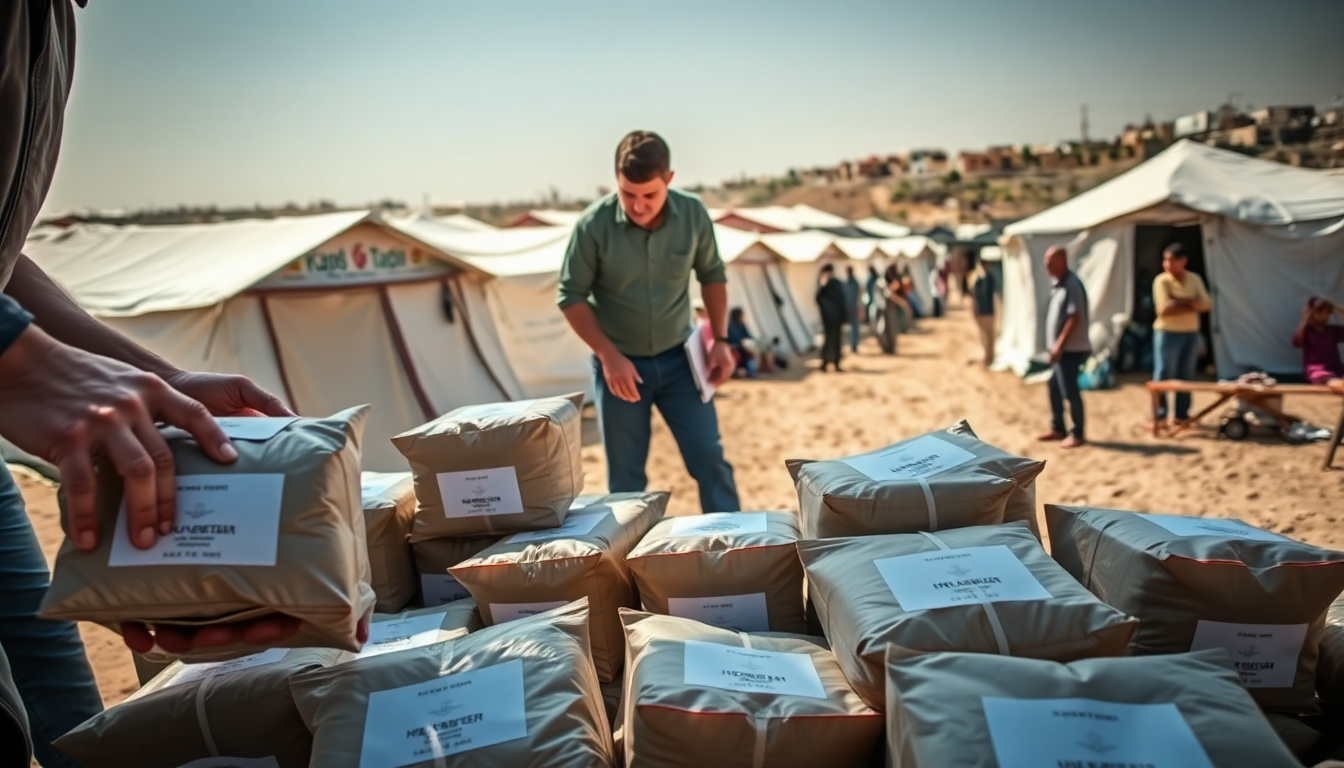Table of Contents
When it comes to international aid, especially in conflict zones like Gaza, we’re faced with some tough questions about accountability, effectiveness, and the ethics behind it all. As various organizations rush to provide relief to those caught in crises, it’s crucial to look closely at how this aid is managed and regulated. This article takes a deep dive into the complexities of aid distribution, exploring the challenges organizations encounter and what it all means for both the people receiving help and the donors supporting these efforts.
The Landscape of International Aid and Its Shortcomings
International aid has become a lifeline for people in distress, particularly during conflicts. But as we’ve seen lately, concerns are mounting that many aid dollars might not be following the international guidelines we expect. For example, there have been serious allegations of mismanagement and even complicity in war crimes regarding funds meant for Gaza. This brings up a critical question: Are we truly helping, or are we inadvertently causing more harm?
Some reports suggest that funds intended for humanitarian relief might, unfortunately, be feeding into ongoing violence or despair. This gap between what we hope to achieve and the actual outcomes raises significant challenges for international organizations and the communities they’re trying to support. How can we ensure that aid reaches those who need it most without unintentionally fueling cycles of violence?
Accountability and the Implications of Aid Distribution
Accountability in international aid is absolutely vital. With large sums of money at stake, the risk of misallocation and misuse is always lurking. Critics point out that without robust oversight, there’s a real danger of funds being diverted for less than noble purposes. This concern is especially pronounced in areas where governance is shaky and corruption is widespread.
Moreover, the belief that some aid organizations might be complicit in ongoing conflicts only complicates matters further. Accusations that certain funds could be facilitating war crimes not only undermine the legitimacy of humanitarian efforts but also chip away at public trust. It’s essential for aid organizations to be transparent about their operations and actively engage with local communities to make sure that aid is both relevant and effective.
Future Outlook and Ethical Considerations
As we look to the future, the international aid landscape needs to adapt to tackle these critical issues head-on. Better collaboration among governments, NGOs, and local stakeholders can pave the way for more effective aid distribution strategies. By setting clear accountability criteria and monitoring systems, we can help reduce the risks of misallocation.
In conclusion, as we navigate the complicated world of international aid, it’s vital to keep our eyes on the ethical implications and the ultimate goal: alleviating human suffering. By fostering transparency, accountability, and collaboration, we can work towards a more effective and responsible approach to aid in conflict zones, ensuring that assistance reaches those who need it most while upholding the principles of justice and human rights. So, how can we all play a part in this effort? Let’s keep the conversation going and seek out ways to support meaningful change.


